Large capacity stores for handguns
Since then, much has changed, but one of the most important characteristics of a firearm is its combat rate of fire. Fighting rate of fire is the number of shots that can be made in a minute with the exact implementation of techniques and rules of fire, taking into account the time spent on reloading weapons, adjusting and transferring fire from one target to another. This characteristic of small arms has a great influence on the design of shops. First of all, there is a tendency to increase the combat rate of fire by reducing the time spent on reloading weapons. In turn, to achieve a reduction in reloading time, it is necessary either to increase the capacity of the store, or to improve the skills of the shooter in handling weapons.
Increasing the capacity of stores is more preferable, since in battle situations arise quite often when the shooter simply doesn’t have time to reload a weapon, or simply doesn’t have to replace an empty store with a full shooter. In addition, large-capacity stores have other advantages: they can significantly increase the density of fire, this is especially important in tense moments of battle. But a simple increase in the size of small arms stores leads to an increase in their mass, which means an increase in mass and dimensions and the entire weapon system. Along with this, designers have to change the feed mechanism of cartridges and increase the spring stiffness of the magazine. All this, in turn, leads to a deterioration in the operational characteristics of the store and complicates the shooter’s process of equipping it with cartridges. All these problems have to be solved, since the weapon’s firing rate is very important.
In military tactics, the rate of fire of weapons has always played an important role. Even before the emergence and widespread use of automatic weapons, rapid-fire magazine rifles made it possible to achieve cardinal superiority over the enemy, which was armed with single-shot rifles. For the first time in history, this clearly manifested itself during the years of the American Civil War. And the appearance of smokeless powder at the end of the 19th century led to the development of even more rapid-fire automatic weapons, which, in turn, required the designers to develop more capacious and reliable stores and mechanisms for feeding weapons with ammunition. Even the very first automatic rifles and machine guns were able to use the contents of a typical rifle magazine at that time (5-6 ammunition) in literally a split second. At the same time, the use of shops of different types and capacities increased the possibilities of individual small arms, especially automatic ones. And one of the most common types of stores for such weapons became box stores.
Box Shops
In the box magazine cartridges are parallel to each other. Today it is the most common type of store in the world. These stores are characterized by ease of use and a high level of reliability, but most often they have a small capacity (with the exception of four rows). In addition, in practice, various ways of fastening between two or three box magazines together in order to speed up the process of reloading weapons are used: handicraft (insulating tape), or factory execution (brackets).
Box-type stores belong to one of the oldest power systems for small arms. Early versions of such shops were used on very well-known manual reload rifles, including the Russian Mosin three-line rifle of the 1891 model of the year (single-row non-detachable magazine for 5 cartridges), the German Mauser of the 1898 model of the year (dual-row non-detachable magazine for 5 cartridges) and the British Li-Enfield rifle (double row detachable magazine on 10 cartridges). Most often, box-shaped stores contained cartridges in one or two rows (in a checkerboard pattern). At the same time, the volume of rifle stores was limited by a set of practical considerations, which included survivability and spring strength, reliability (the larger the magazine’s capacity and its length, the higher the total friction forces in it) and the dimensions of the weapon.
Most often, box magazines for light machine guns designed for rifle cartridges had a capacity of no more than 30 cartridges, while similar box magazines for automatic and self-loading rifles contained from 10 to 20 cartridges. For some models of light machine guns, there were box stores with 40 ammo capacity, but such models were very rare. With the advent of lighter and more compact intermediate cartridges, box magazines for them began to hold up to 40-45 cartridges (for light machine guns) and up to 30 cartridges (for automatic rifles).
For mass-produced submachine guns, the capacity of box magazines sometimes reached 50 cartridges, as was the case with the German MP.28 and its English clone "Lanchester". But in most cases, the capacity of box magazines for submachine guns did not exceed 30-35 cartridges. Variants of stores with a capacity of 40 cartridges were very rare. For example, in the well-known German MP38 / 40 machine guns, the capacity of the magazine was the 32 cartridge. This limitation was due to both the inconvenience of loading long stores (due to the need for strong springs) and the inconvenience of wearing them both on the arms and in the pouches.
Twin box stores
Since the capacity of box magazines was limited to practical considerations, and the fighters wanted to always have “on hand” as many cartridges as possible, some weapons designers began trying to combine several box magazines into one unit. The simplest solution to this problem was to wind up two or three stores side by side using the most common electrical tape, but this solution still required a certain amount of time for the soldier to change stores. Box-like stores, which were physically combined in pairs, that is, in one building, became a logical development of this idea. These stores required the presence of a special receiver in the weapon, thanks to which the process of switching from one compartment to another took place, which would take no more than a second from a trained fighter.
One of the first samples of small arms with a similar scheme was the American submachine gun M35 system Hyde. In this submachine gun, two box-shaped two-row stores were combined with each other in one block "side by side". The block of stores was inserted into the receiver from the side. Thus, on the supply line of cartridges turned out to be one of the compartments of the store. After the cartridges in the first compartment came to an end, the shooter pressed a special latch and shifted the block of shops, so that the second compartment turned out to be on the cartridge supply line.
A similar scheme was later used in HAFDASA “La Criolla” machine guns of Argentine production. But here the shop, consisting of two compartments, did not move sideways, but swung to the right or left of the vertical, so that one of its two compartments was on the supply line of cartridges. During World War II, German designers tried to solve this problem in their own way, using a receiver-pistol sliding in the transverse plane into two standard 32-charging stores. This solution has even been introduced into production. The MP.40 / I submachine gun from Erma was released in a small series, and the submachine gun EMP-44 remained experienced.
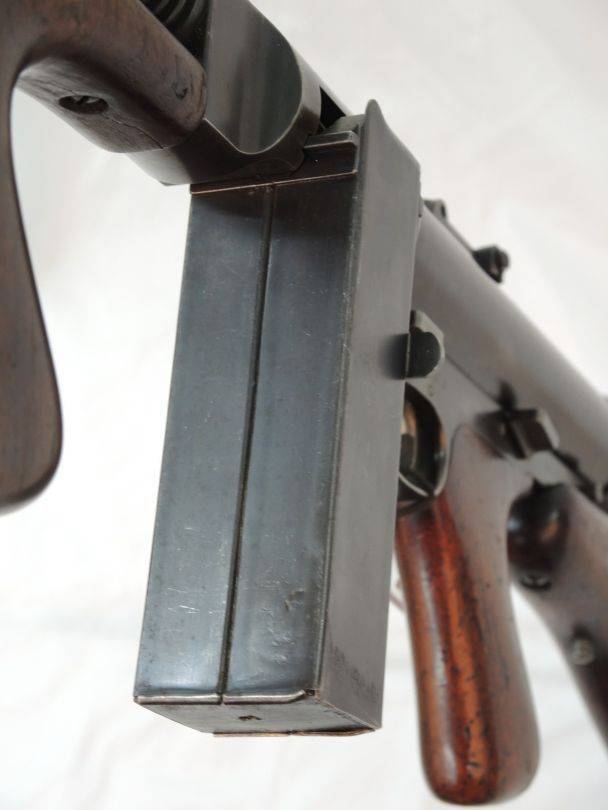
Four-row box stores
Although coupled box stores provided an increase in the capacity of cartridges, they demanded that the shooter perform very specific conscious actions aimed at switching between the compartments of the store. For this reason, it was quite logical to develop the idea of combining two compartments into one common outlet so that the cartridges from the store could be simultaneously fed into the weapon from two compartments at once, without requiring distraction of the soldier’s attention until the entire store was replaced.
Already at the end of 1930, Swede Schillstrom (Schillstrom) patented a system that can be attributed to one of the first successful attempts to develop such a store. The store he proposed, which was adopted by the Swedish and Finnish Suomi machine guns, in its lower part represented two combined box-shaped compartments with a double-row arrangement of cartridges in each of them. In the upper part of this store had a trapezoidal shape, in this place cartridges from four rows were rebuilt first in two, and then in one. These stores had a capacity in 50 or 56 cartridges and had a length that was comparable to the length of the usual double row box magazine on 30 cartridges.
The price that had to be paid for the gain in size was the price of the stores, the reduced level of reliability due to significant friction in complex rebuilding of cartridges from four rows into one, and the impossibility in practice to fill such a store with cartridges manually without using special tools due to the installation stiffer springs. After the end of World War II, a similar system was created in Italy for use in SITES Specter machine pistols. And nowadays, four-row box stores for an intermediate cartridge have been created for automatic machines.
For example, 60-charging four-row shops for RPK-74 and AK-74 were developed in Russia, and in the USA they created 60- and 100-charging four-row shops for 5,56-mm M-16 assault rifles; Surefire was engaged in the development of such shops . At the same time, the popularity of such box magazines is limited by their lower level of reliability (as compared to the usual 30 cartridges), as well as by a rather high cost. For example, 60-charge Surefire store in the USA can be purchased for 120 dollars, for the same amount you can buy from 6 to 10 ordinary 30-charging stores.
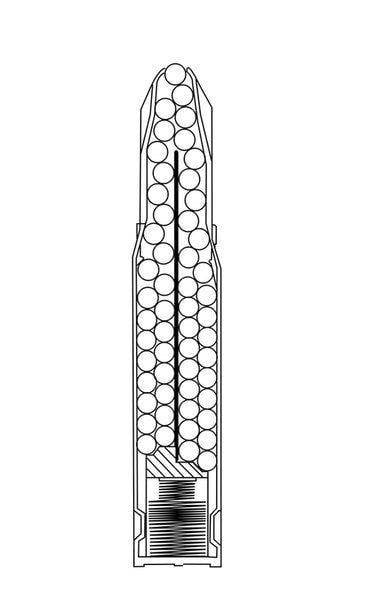
Tandem shops
Another way to combine the two box stores into one to increase their capacity was to place the stores in one building in tandem, that is, one after the other, and not side by side, as described above. One of the earliest models that embodied this concept was the Vesely submachine gun, a Czech designer designed it in the UK in 1942-43. In his system, cartridges were first fed from the front compartment, and then from the back, where cartridges were initially held below the feed line using a special cut-off. After the cartridges ended in the first compartment, this cut-off was automatically turned off, after which the weapon began to receive cartridges from the rear compartment. This scheme complicated the design of the weapon and, despite the number of attempts to use it, it never went into mass production.
Drum Shops
Drum shops are cylindrical shops in which cartridges are arranged in one or several rows parallel to the axis of the drum near the walls. Such stores have a large capacity, but they are less convenient to use and weigh more, the supply spring in such stores is often cocked separately, with a special key or fingers. Drum shops were used in some light machine guns and submachine guns, extremely rarely in self-loading pistols, machine guns and self-loading shotguns. Drum shops appeared in the XIX century. In some American Gatling bullpen, Acles drum shops were used. The typical capacity of such stores was 50-100 cartridges. In this case, one of the most famous examples of their use is, of course, Thompson submachine guns (magazines on 50 and 100 ammunition), the Finnish Suomi submachine gun (71 cartridge) and the Soviet PPSh submachine gun and PPD (71 cartridge).
For more modern light machine guns, which were created under the intermediate cartridge, 75 cartridges (cartridges of the Soviet RPK caliber 7,62-mm) and 100 cartridges (Singapore Ultimax caliber 5,56-mm) were developed. But the real popularity of these stores was prevented by their significant mass and size, as well as the inconvenience of ammunition equipment. It is no coincidence that in the years of the Great Patriotic War, the PPSH drum shop was replaced by curved box-shaped stores (35 cartridges). Affected and the price of such stores. For example, the 50 drum magazine for the Thompson submachine gun in 1940 prices of the year cost 21 dollars, while the 20 magazine for this submachine guns could be purchased for 3 dollars, that is, once in 7 times cheaper. At the same time, the 50-charging drum magazine for Thompson weighed 1,14 kg (and this without cartridges) against the 0,18 kg for the 20-charging box magazine. The situation is similar with the Soviet RPK, whose 75-cartridge drum shop weighs 0,9 kg (without cartridges), and the 40-cartridge box magazine has just 0,2 kg.
Twin drum shops
But the matter was not limited to simply drum shops. In history, paired drum shops also met. The first production samples appeared in Germany in the 1930s. They were used along with the MG-13 and MG-34 infantry machine guns and aviation machine gun MG-15. These stores consisted of two separate drums, which had a common outlet neck. Such stores were notable for their significant weight, high manufacturing price, as well as the difficult process of filling cartridges. The advantage was the small overall height when installing magazines on weapons. This was due to the fact that the outlet neck was between the drums.
This system was revived at the end of the XX century and is represented by the line of stores of the American company Beta-C, which produces 100-cartridge twin drum shops for various cartridges for different types of weapons: from 9x19 mm to 7,6251 mm. The problem of overweight of such stores was partially solved due to the widespread use of modern plastics, but in terms of price and overall reliability, these stores are still inferior to the usual box-shaped ones. For example, for the cost of one dual drum Beta-C for cartridges of caliber 5,56 mm (worth 250 dollars) you can buy from 15 to 20 ordinary 30-charging box magazines for cartridges of the same caliber.
Screw shops
Cartridges in auger stores are parallel to their axis, spiraling forward. They are supplied separately cocked spring. This store has the shape of a long cylinder that has a spiral guide for cartridges inside - this is the auger - which ensures the movement of cartridges to the exit window. The first screw shops appeared at the end of the XIX century. In 1870, the American Evans developed a magazine rifle, into which the store was built on the basis of an auger (Archimedean screw). This store had a very significant at that point in time capacity - 34 cartridge.
However, due to the total design of such a store, it very quickly disappeared from the scene of arms, reviving only after more than 100 years. The most famous system of small arms, which currently uses auger stores, was a family of American self-loading carbines and submachine guns manufactured by Calico. These samples use auger magazine on 50 and 100 cartridges. Shops are made of plastic and join the arms on top. Shops of a similar design, but already attached to the weapon from below, are Russian submachine guns PP-19 "Bison" and PP-90М1.
Because of their shape and size, screw shops are more convenient to carry on arms and in pouches than classical drum shops, and the problem of their weight helps in part to solve the use of modern plastics. But such stores still remain very complex in design and therefore have a high cost.
Disc shops
Disk magazines are often referred to simply as “disks”. Such a magazine is similar to a drum magazine, however, the cartridges in it are located perpendicular to the axis of the disk, in one or more rows. Due to their large weight and size, such magazines were mainly used in light machine guns. Less commonly, they were used in aviation and tank machine guns (Soviet DT and DA). At the same time, cases of using a disk magazine along with a submachine gun were extremely rare. Examples of such weapons include the American American-180 submachine gun and the experienced 1929 Degtyarev submachine gun. Due to the large diameter, disc magazines are inconvenient to carry, especially when attached to a weapon. Their distinguishing feature is that they are very well suited for storing and feeding cartridges with a protruding rim and a large taper of the sleeve.
For these reasons, these stores had some success in the early stages of developing light machine guns, when standard rifle cartridges with protruding rims still prevailed in the armies of many countries of the world. Usually, single-layer disc magazines had a capacity of 50 cartridges, and multi-layer, depending on the number of layers and design, could hold up to 150 cartridges.
At the same time, capacity champions among the mass-produced stores for handguns are multi-layer disc magazines designed for the American-180 submachine gun. Such shops could hold 160 to 275 cartridges depending on the number of layers. Such high capacity stores was achieved through the use of small-caliber 5,6-mm round-ignition cartridges (.22LR), which had a small mass and size. At the same time, a disk of comparable capacity for more powerful rifle cartridges would most likely weigh more than the light machine gun itself in the charged state. In fact, the disk magazine on 100 ammunition for the English Bren Mk.1 light machine gun weighed in with 5,45 ammo kg, without ammo - 2,9 kg. When using ordinary box magazines, four fully equipped 30-charging stores would have the same mass, and in addition to this a couple of dozen cartridges in bulk.
Information sources:
https://www.all4shooters.com/ru/glavnaya/tekhnika/2015-statyi/Magaziny-bolshoy-yemkosti-dlya-ruchnogo-avtomaticheskogo-oruzhiya/?p=2
http://zbroya.com.ua/mag/2000/2000-1/2000_1_4.htm
Materials from free sources
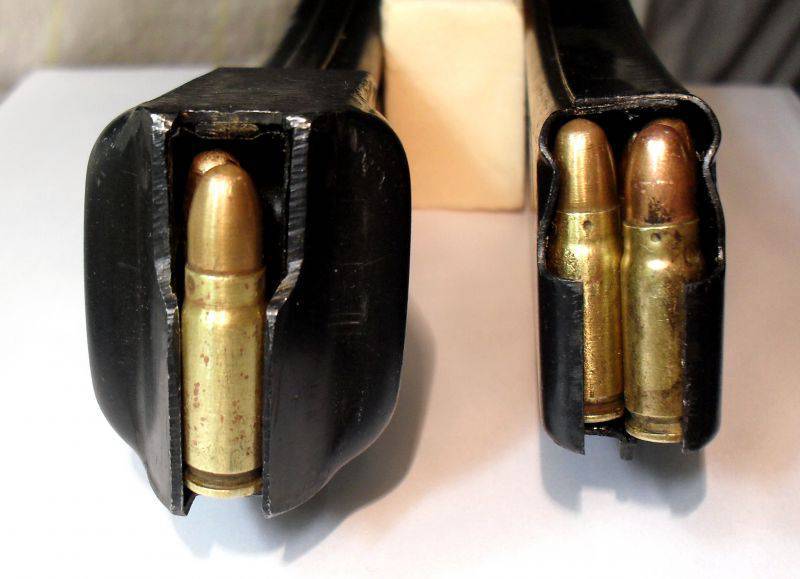
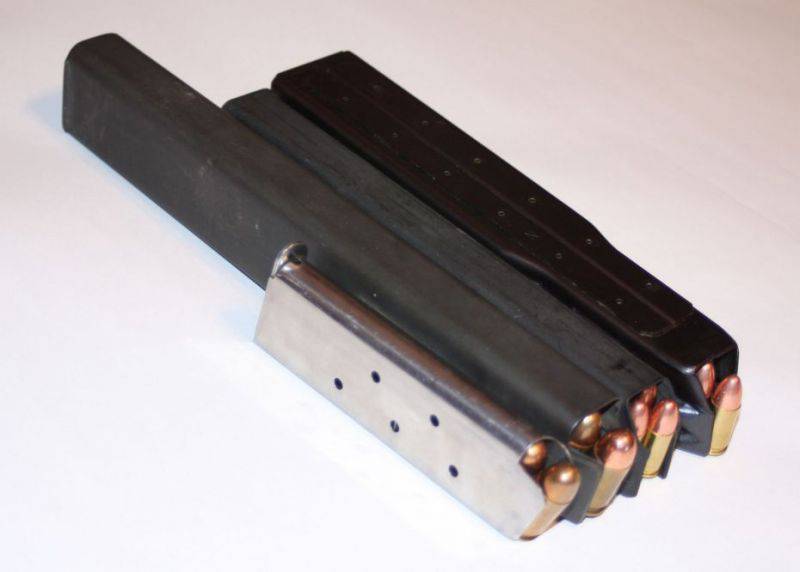
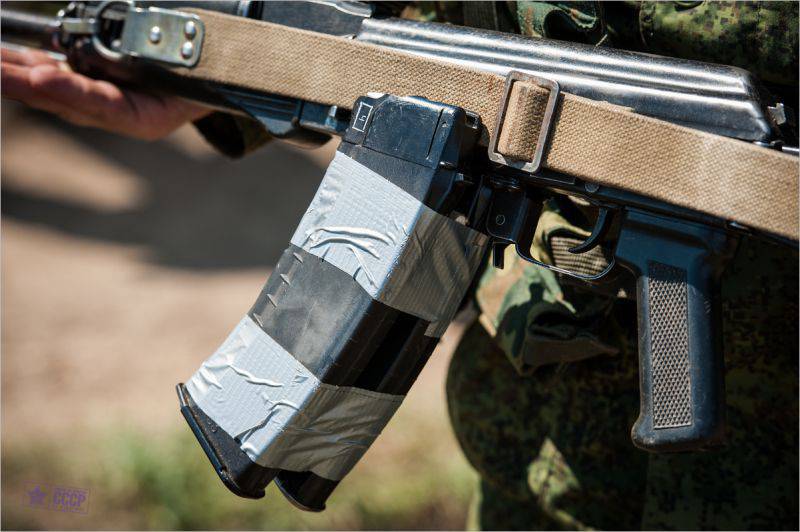
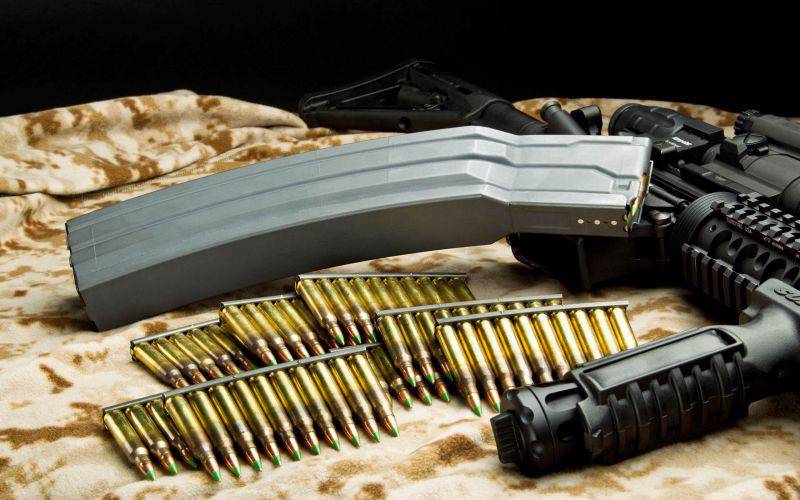
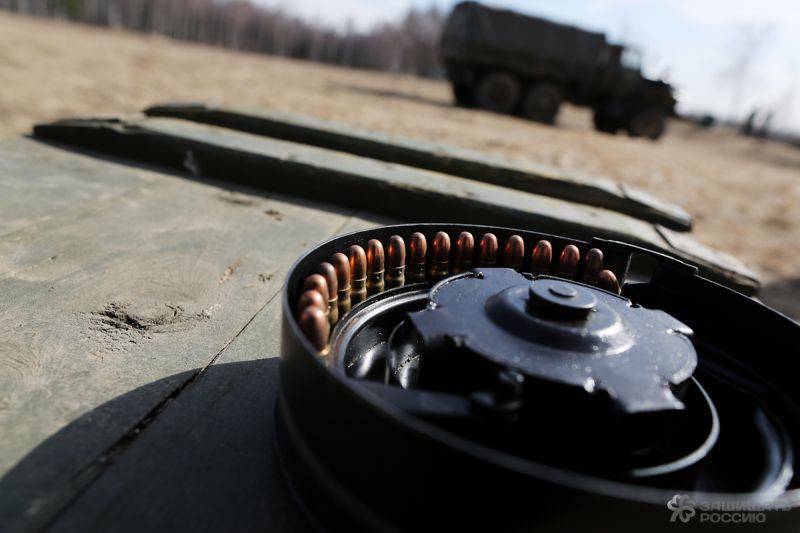
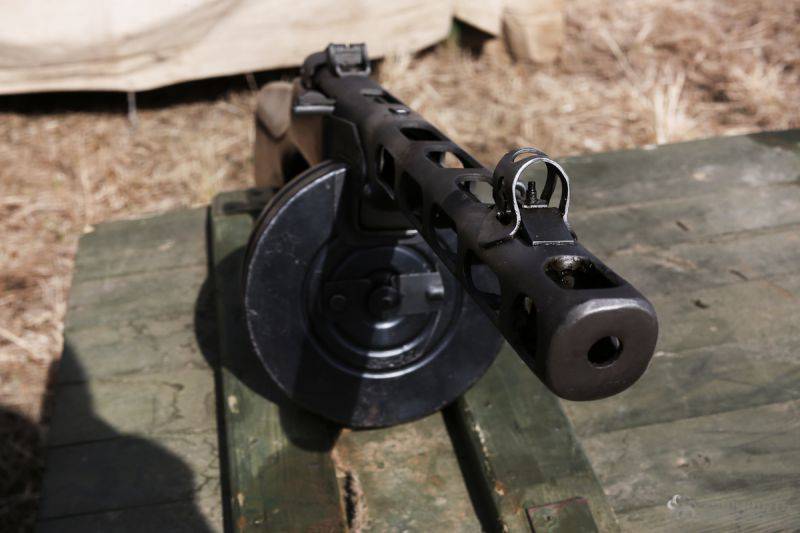
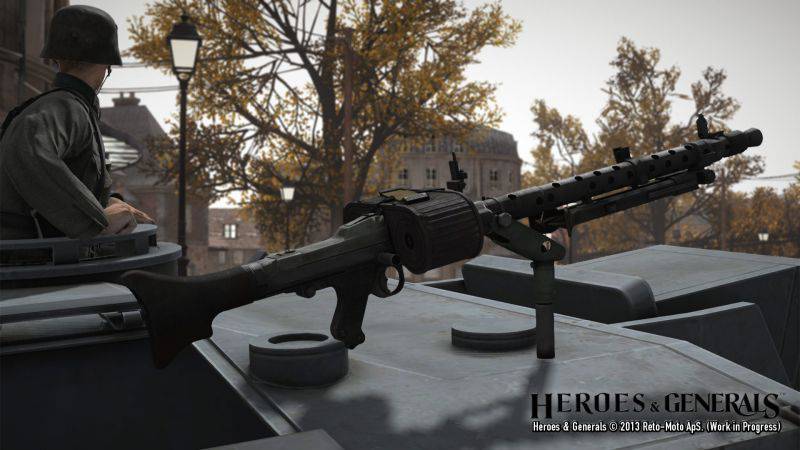
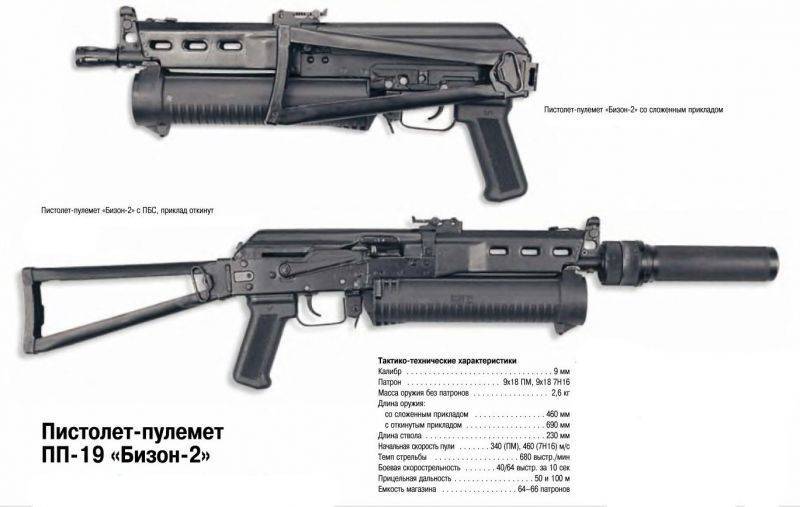
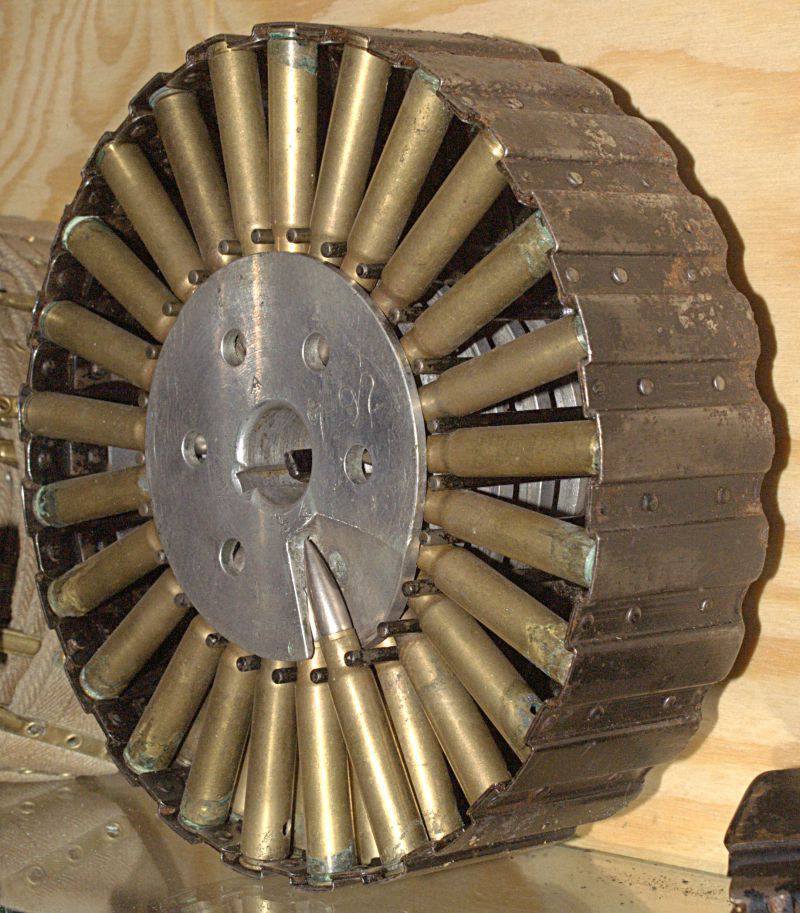
Information